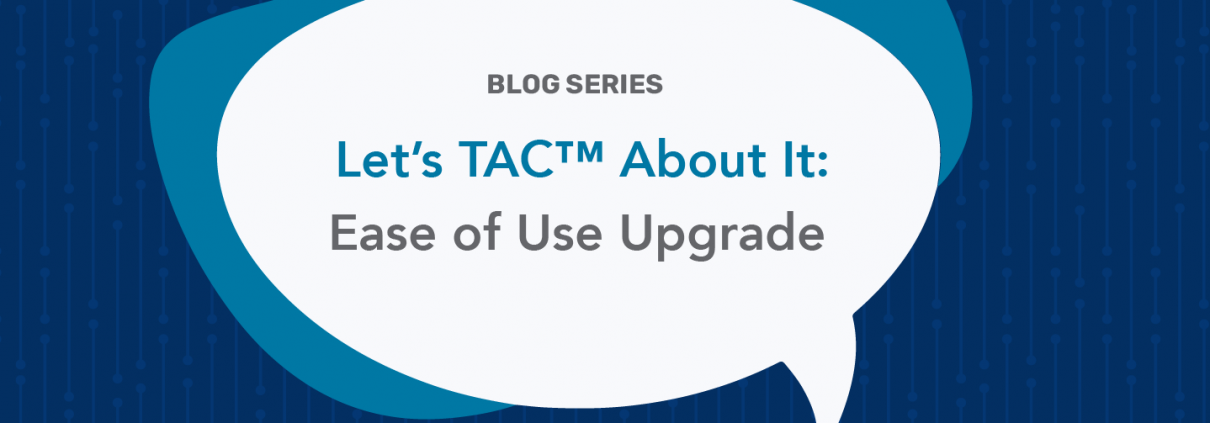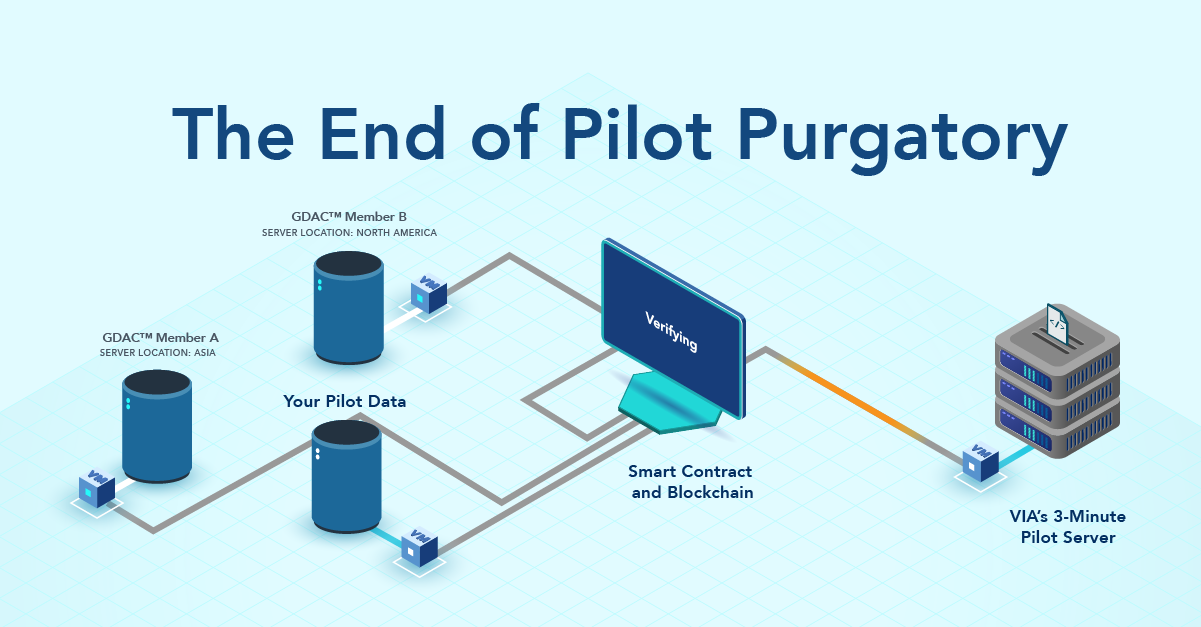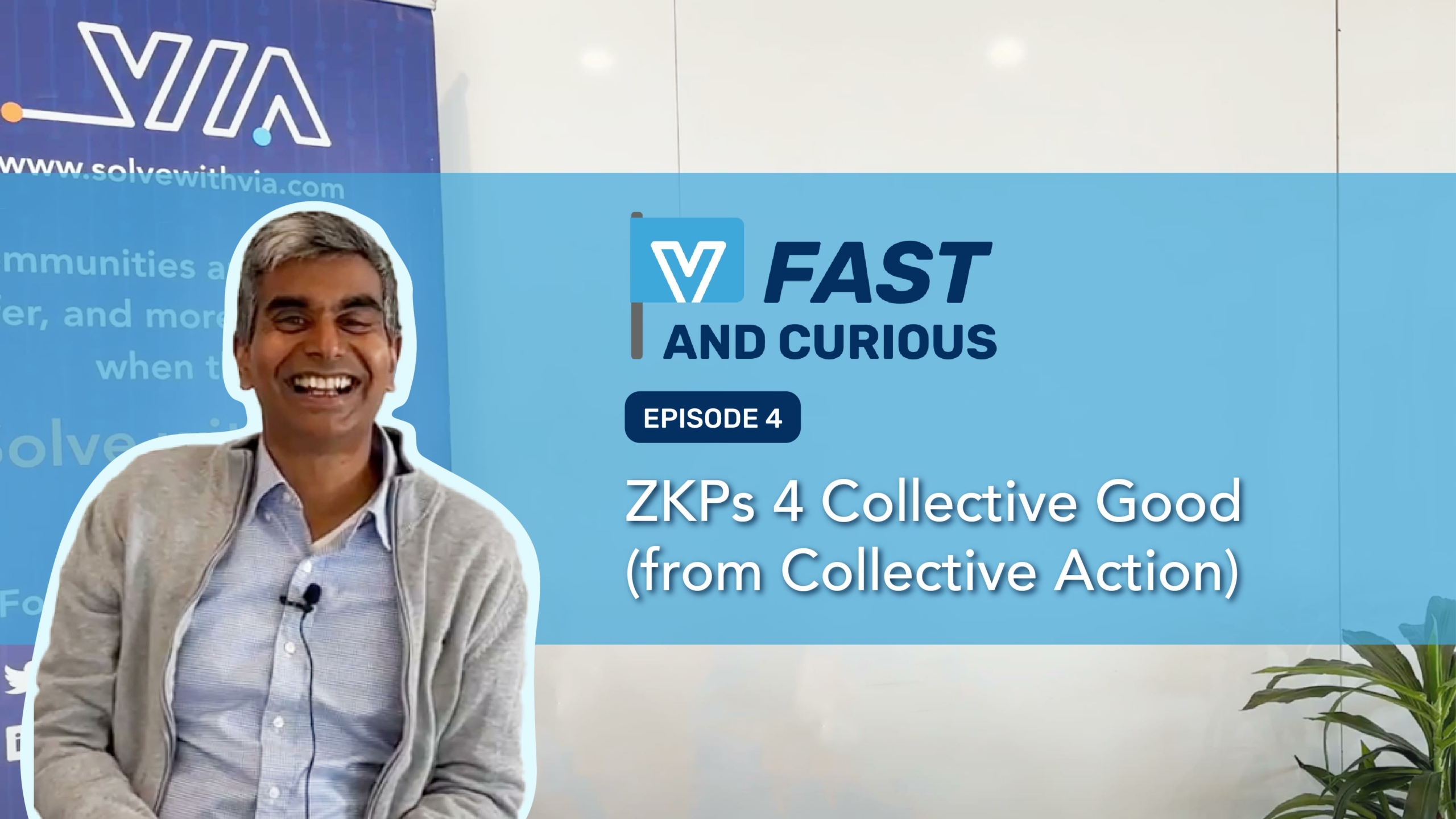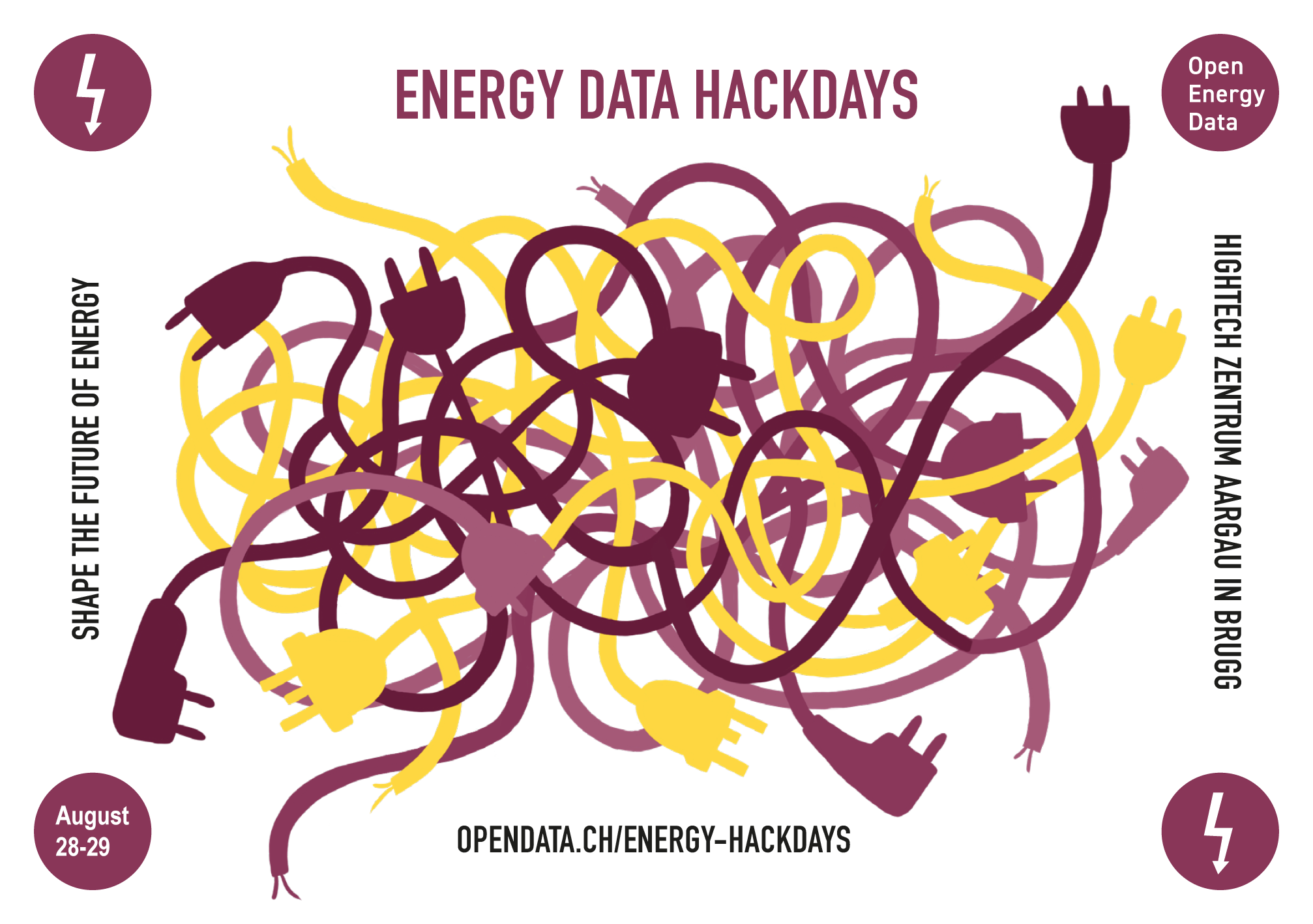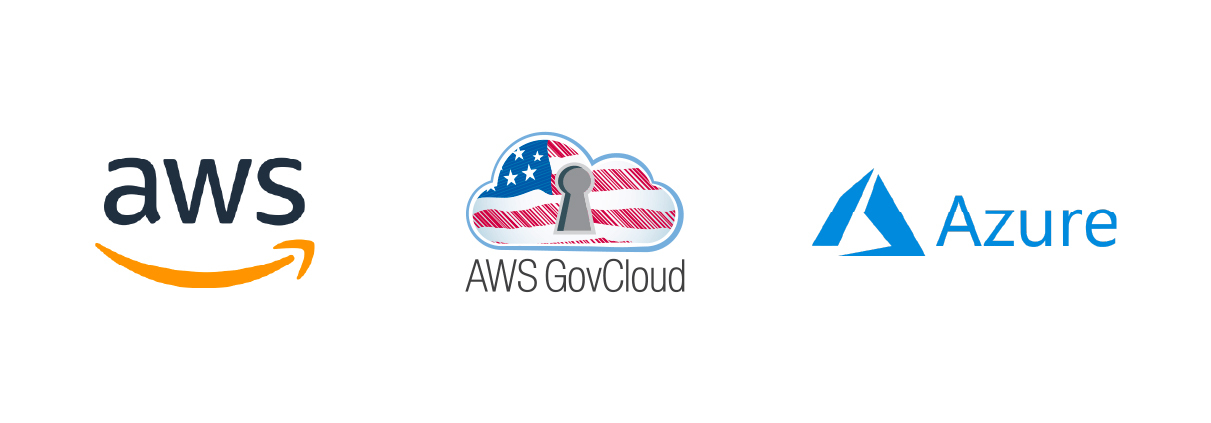Let’s TAC™ About It: Ease of Use Upgrade
For the seventh installment of our blog series, we will cover the latest release of TAC™ which is an easy to use upgrade to our Models for Private Data (MPD) service. So, are you ready to TAC™ about it?
Open source AI algorithms are rapidly improving and becoming the standard for numerous types of data analyses. Unfortunately, as we touched on in our Models for Private Data post, many companies can’t take advantage of these models because they are concerned about compromising the confidentiality of their data when uploading it to cloud-based analytics platforms.
The latest release of VIA’s TAC™ platform is a leap forward in terms of simplicity for data owners. TAC™ now makes testing containerized models (e.g., TensorFlow, PyTorch, MLflow) models on private data as easy as four clicks. 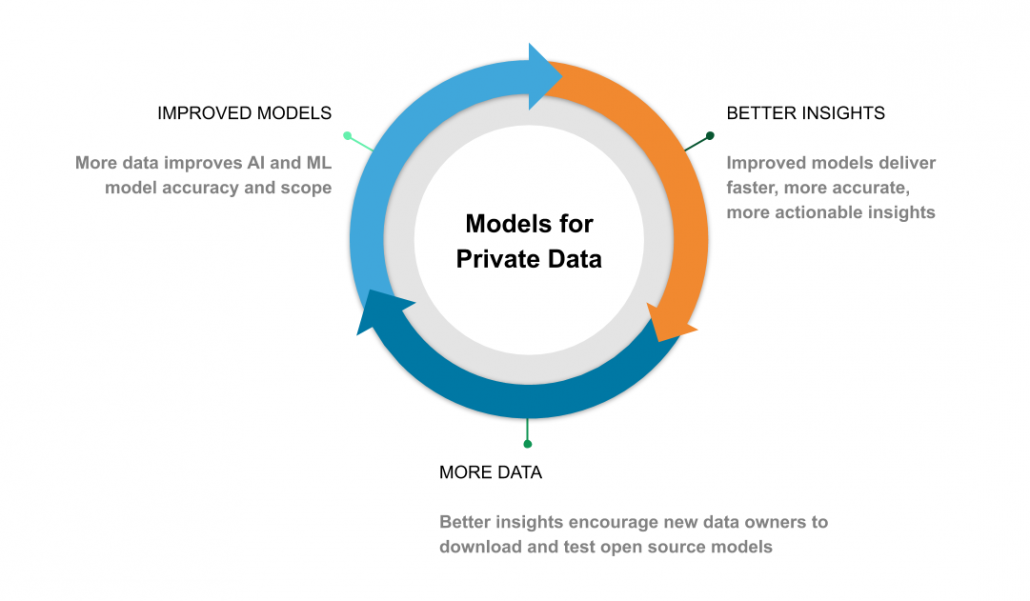
This new functionality on TAC™ also provides an even easier to use interface for analysts to catalog and share their trained containerized models with each other. These models can be used on private data even if the models were pre-trained elsewhere on different data sources.
There are at least three different analysis scenarios where TAC™ customers find this functionality of value:
- Distributed collaborations: Many of our customers are working remotely or with external (e.g., academic) experts. This is for those who want to collaborate and share different ways of solving a problem.
- Large teams of data scientists: In some instances, customers may have large teams (e.g., 50+ data scientists). This helps keep track of who did what, where the results are, and more.
- Rotating teams: For at least one of our customers, their data science analysts rotate on a six month basis. Rotating teams can cause knowledge to be lost (e.g., US military). Analysis may be done differently each time causing variability in quality and is slower due to the learning curve for each new person.
What these three scenarios have in common is the challenge of knowledge sharing across analysts about what models work, expected results, and comparing new and old models.
Data science skills are proliferating at utility companies. In addition to keeping their data private, we’re excited to help analysts collaborate more effectively. Our hope is that our latest release will create a virtuous circle. With greater collaboration, analysts will find insights to support utility reliability and cost savings exponentially faster.

